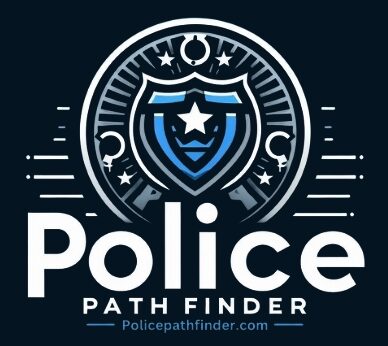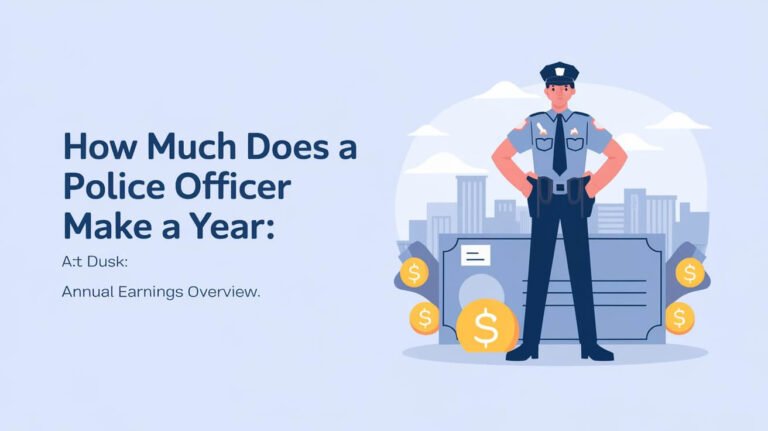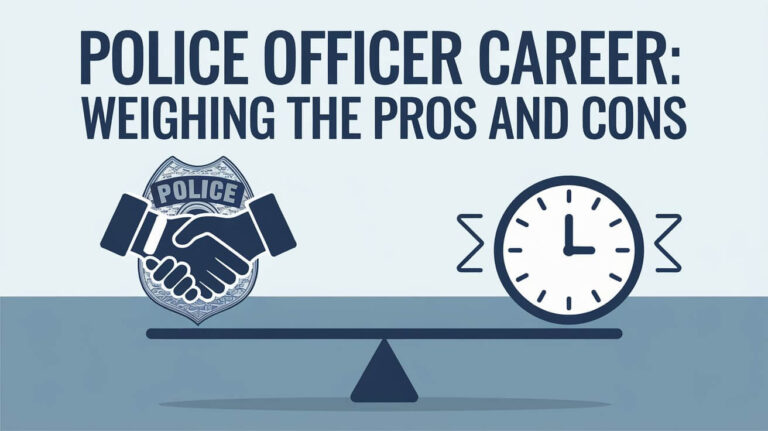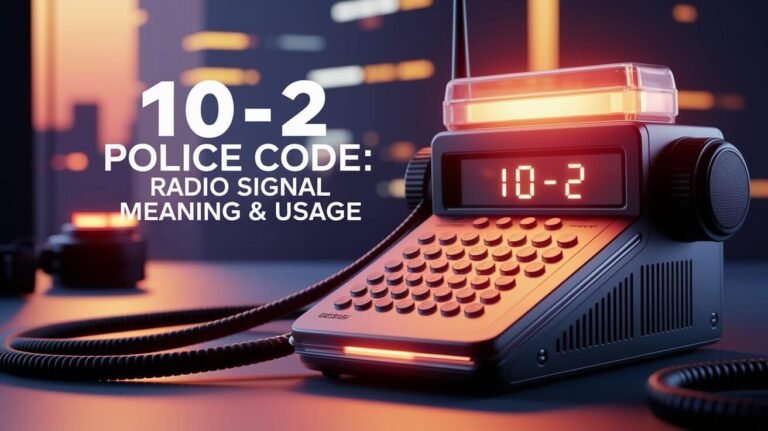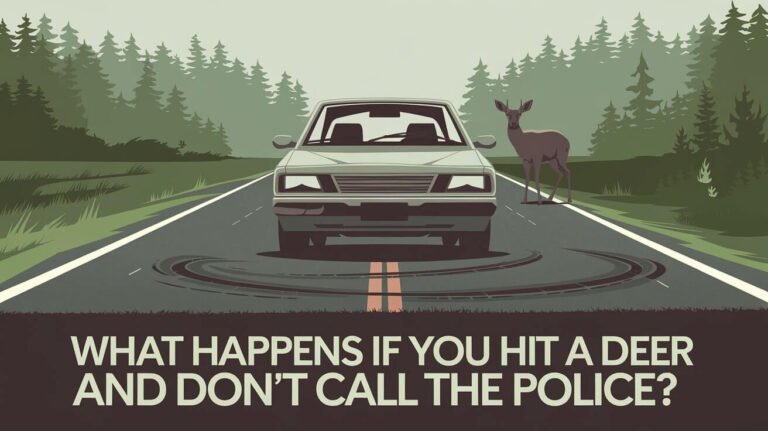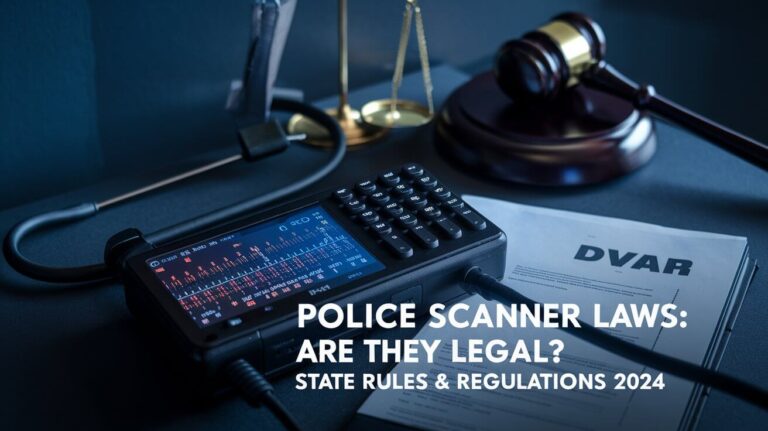What is 10-50 Police Code? Decoding Law Enforcement Communication
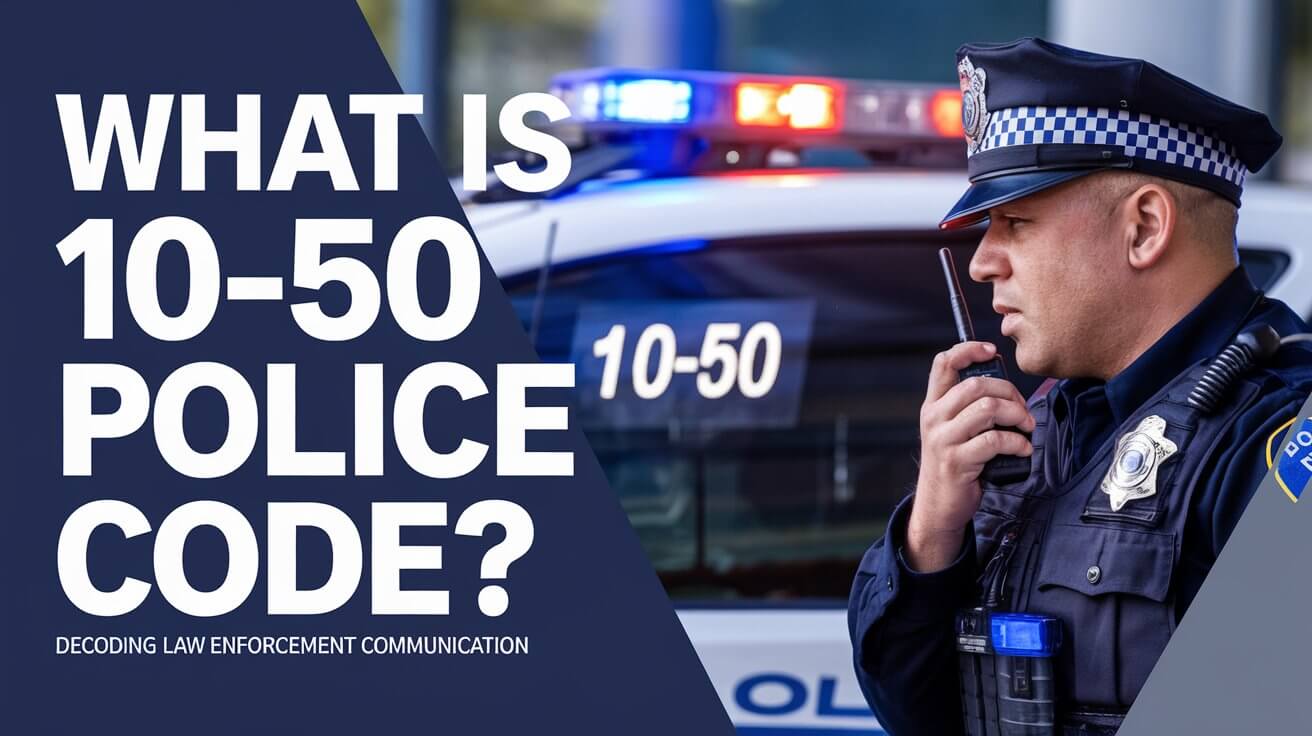
The 10-50 police code typically refers to a vehicle accident. This simple code is part of a larger system used by law enforcement to communicate quickly and efficiently. In this article, we’ll explore the world of police codes, their history, and why they matter in modern policing.
Police codes have been a cornerstone of law enforcement communication for decades. They allow officers to relay important information swiftly and clearly, often in high-stress situations. But as we’ll see, these codes aren’t without their challenges.
Let’s dive into the specifics of the 10-50 code and the broader context of police communication systems. We’ll look at how these codes evolved, their impact on popular culture, and where they’re headed in the future of law enforcement.
The Basics of Police Codes
Police codes, also known as ten-codes or ten signals, are brevity codes used in voice communication. They’re designed to represent common phrases, making radio communication faster and more standardized.
Origins of Police Radio Codes
The story of police codes begins in the late 1930s. Back then, police radio channels were limited, and there was a pressing need to reduce speech on the radio. Enter Charles “Charlie” Hopper, the communications director for the Illinois State Police, District 10 in Pesotum, Illinois.
Hopper noticed a quirk in early radio technology. The first syllable of a transmission was often lost due to the time it took for vacuum tube radios to power up fully. His solution? Precede each code with “ten-“, giving the radio time to reach full power before the important information was transmitted.
The Association of Public-Safety Communications Officials-International (APCO) took notice. Between 1937 and 1940, they developed and expanded these codes, creating what we now know as the ten-code system.
Purpose and Benefits of Using Codes
Why use codes instead of plain language? There are several reasons:
- Speed: Codes allow officers to communicate quickly in urgent situations.
- Clarity: In noisy environments, short codes can be clearer than longer phrases.
- Privacy: Codes can provide a degree of privacy from the general public who might be listening to police scanners.
- Standardization: Codes aim to create a universal language for law enforcement.
These benefits made ten-codes a staple of police communication for many years. However, as we’ll see later, they’re not without their drawbacks.
Understanding the 10-50 Police Code
Now that we’ve covered the basics, let’s focus on the star of our show: the 10-50 police code.
Definition and Meaning of 10-50
In most police departments, 10-50 means “vehicle accident.” It’s a quick way for an officer to report that they’ve encountered or been called to the scene of a crash.
However, it’s crucial to note that the meaning of police codes can vary between departments and regions. While 10-50 commonly refers to a vehicle accident, always check the specific codes used by your local law enforcement agency for the most accurate information.
When and How 10-50 is Used
Officers use the 10-50 code when they need to report a vehicle accident quickly. Here’s a typical scenario:
- An officer encounters a car crash.
- They radio dispatch: “10-50 at Main and Elm.”
- Dispatch understands there’s a vehicle accident at the intersection of Main Street and Elm Street.
This brief exchange conveys essential information rapidly, allowing for swift response and resource allocation.
Related Police Codes for Vehicle Incidents
The 10-50 code doesn’t stand alone. It’s part of a family of codes related to vehicle incidents. Let’s look at some closely related codes:
10-51: Wrecker Needed
After a 10-50, you might hear a 10-51. This code typically means “wrecker needed” or “dispatch a wrecker.” It’s used when a vehicle needs to be towed from the accident scene.
10-52: Ambulance Needed
In more serious accidents, you might hear a 10-52, which usually means “ambulance needed” or “dispatch an ambulance.” This code signals that there are injuries requiring medical attention.
10-53: Road Blocked
A 10-53 often means “road blocked.” This code might be used in conjunction with a 10-50 if the accident is severe enough to obstruct traffic.
10-54: Hit and Run Accident
While similar to 10-50, a 10-54 specifically refers to a hit and run accident. This code alerts other officers to be on the lookout for a fleeing vehicle.
These related codes work together to paint a fuller picture of an accident scene, allowing for appropriate resource allocation and response.
Evolution of Police Communication Systems
Police communication hasn’t remained static since the introduction of ten-codes. Let’s explore how it’s changed over time.
From Ten Codes to Plain Language
In recent years, there’s been a shift away from ten-codes towards plain language communication. This change didn’t happen overnight, nor is it universal, but it represents a significant trend in law enforcement communication.
Reasons for the Shift in Communication Methods
Several factors have driven this shift:
- Lack of standardization: Despite efforts to create universal codes, variations between departments led to confusion.
- Inter-agency communication: During large-scale events requiring multiple agencies, different code systems caused miscommunication.
- Public transparency: Plain language is more accessible to the public, promoting transparency in policing.
- Simplicity: Plain language reduces the need for memorization and decreases the chance of misunderstanding.
The move towards plain language doesn’t mean ten-codes like 10-50 have disappeared entirely. Many departments still use them, while others have adopted a hybrid approach.
The APCO Project and Standardization Efforts
The Association of Public-Safety Communications Officials (APCO) has played a crucial role in the development and attempted standardization of police codes.
History of the APCO Project
APCO’s involvement with police codes dates back to the 1930s. In 1935, they proposed Morse code brevity codes adapted from U.S. Navy procedure symbols. This laid the groundwork for the voice codes that would follow.
The development of ten-codes began in 1937, with the first set published in 1939. Over the years, APCO continued to refine and expand the system:
- 1940: The APCO Standards Committee published an expanded set of codes.
- 1955: The National Operating Procedure Committee revised the codes.
- 1967: APCO Project 2 further updated the system.
- 1974: APCO Project 14 made additional revisions.
Attempts to Create Uniform Codes
Despite these efforts, achieving true uniformity in police codes proved challenging. Different regions and departments adapted the codes to their specific needs, leading to variations in meaning.
For example, while 10-50 commonly means “vehicle accident,” some departments might use it for “officer down” or another critical situation. This lack of standardization became a significant issue, especially during large-scale events requiring multi-agency cooperation.
Challenges with Ten Codes
While ten-codes like 10-50 served law enforcement well for many years, they’re not without their problems.
Variations Across Departments and Regions
As mentioned earlier, one of the biggest challenges with ten-codes is the lack of universal standardization. What means “vehicle accident” in one department might mean something entirely different in another.
This variation can lead to confusion and miscommunication, especially when multiple agencies need to work together. Imagine the potential for disaster if one department uses 10-50 for “vehicle accident” while another uses it for “officer down.”
Misunderstandings and Potential Risks
The potential for misunderstanding ten-codes isn’t just an inconvenience—it can be dangerous. In high-stress situations, clear communication is crucial. Any ambiguity or confusion could lead to inadequate responses or even put officers at risk.
These challenges have led many departments to reconsider their use of ten-codes. Some have abandoned them entirely, while others use a simplified set or a combination of codes and plain language.
Ten Codes in Popular Culture
Despite the challenges they present in real-world policing, ten-codes have left an indelible mark on popular culture.
Influence on Movies and TV Shows
Police procedurals and crime dramas have long used ten-codes to add authenticity to their portrayal of law enforcement. Shows like “Adam-12” in the 1960s and 70s popularized codes like “10-4” (meaning “acknowledged” or “okay”).
More recently, the TV series “Blue Bloods” has brought attention to the ten-codes used by the New York Police Department. However, it’s worth noting that the NYPD’s codes differ from the APCO system. For instance, in the NYPD system, 10-13 means “Officer needs help,” while in the APCO system, that would be 10-33.
Impact on Civilian Communication (CB Radio)
Ten-codes didn’t just stay within the realm of law enforcement. They found their way into civilian use, particularly among CB (Citizens Band) radio enthusiasts and truck drivers.
The 1975 hit song “Convoy” by C.W. McCall played a significant role in this crossover. The song, which depicts a conversation among CB-using truckers, brought phrases like “10-4” and “What’s your 20?” (10-20 meaning “location”) into common use in American English.
This popularization of police codes in civilian contexts added another layer of complexity to their use in actual law enforcement situations.
Alternative Communication Methods in Law Enforcement
As the challenges with ten-codes became more apparent, law enforcement agencies began exploring alternative communication methods.
Plain Language Communication
Many departments have shifted towards plain language communication. Instead of saying “10-50,” an officer might simply report “vehicle accident.” This approach eliminates the need for code memorization and reduces the risk of misunderstanding.
The push for plain language got a significant boost in 2006 when the U.S. Federal Emergency Management Agency (FEMA) discouraged the use of ten-codes. This recommendation came in response to communication problems during the rescue operations after Hurricane Katrina.
Modern Digital Communication Systems
Advancements in technology have opened up new possibilities for police communication. Modern systems often incorporate:
- Digital radio: Offering clearer audio and more channels than traditional analog systems.
- Computer-aided dispatch (CAD): Allowing for silent communication of details and updates.
- Mobile data terminals: Providing officers with access to databases and the ability to file reports from their vehicles.
- Encrypted communications: Ensuring sensitive information remains private.
These technologies have reduced the need for brevity codes in many situations, allowing for more detailed and secure communication.
The Future of Police Communication
As we look to the future, it’s clear that police communication will continue to evolve. But what might that future look like?
Technological Advancements
Several emerging technologies could shape the future of police communication:
- Artificial Intelligence: AI could help prioritize and route communications more efficiently.
- Augmented Reality: AR devices could provide officers with real-time information overlays.
- Internet of Things (IoT): Connected devices could automatically relay relevant information to officers.
- 5G Networks: Faster, more reliable data transmission could enhance real-time video and data sharing.
These technologies have the potential to make police communication faster, more accurate, and more informative than ever before.
Balancing Efficiency and Clarity
As police departments adopt new technologies and communication methods, they’ll need to strike a balance between efficiency and clarity. While codes like 10-50 offered brevity, they sometimes sacrificed clarity. Future systems will need to provide both.
The trend towards plain language is likely to continue, but it may be supplemented by advanced technological solutions that can convey complex information quickly and clearly.
FAQs About 10-50 Police Code and Related Topics
Let’s address some common questions about the 10-50 police code and related topics:
Common Questions from the Public
- Is 10-50 the same in all police departments? While 10-50 commonly means “vehicle accident,” it’s not universal. Always check with your local law enforcement for specific meanings.
- Do all police officers still use ten-codes? No, many departments have moved away from ten-codes in favor of plain language. However, some still use them or use a combination of codes and plain speech.
- Can civilians use police codes? While not illegal, using police codes as a civilian can lead to confusion. It’s best to use plain language when communicating with law enforcement.
- What does “10-4” mean? “10-4” is one of the most recognized codes, meaning “acknowledged” or “okay.”
- Are there international police codes? Different countries have their own systems. The ten-code system is primarily used in North America.
Addressing Misconceptions
- Myth: All police codes start with “10-“ While ten-codes are common, some departments use other systems, like signal codes.
- Myth: Police codes are secret Most police codes are public knowledge. They’re designed for brevity, not secrecy.
- Myth: Ten-codes are the most efficient way to communicate While once true, modern technology and plain language can often be more effective.
- Myth: All officers know all codes Even within departments that use codes, officers may not know or remember all of them, especially less common ones.
- Myth: Ten-codes are legally required There’s no law requiring the use of ten-codes. Each department decides its communication protocols.
The Ongoing Evolution of Police Communication Codes
From their origins in the 1930s to today’s shift towards plain language, police communication codes have come a long way. The 10-50 code, meaning “vehicle accident” in most systems, is just one small part of this rich history.
While ten-codes like 10-50 served law enforcement well for many years, providing a quick and standardized way to communicate, they’ve faced challenges. Variations between departments, the potential for misunderstanding, and the need for clear inter-agency communication have all contributed to a move away from these codes in many areas.
Yet, the legacy of ten-codes lives on. They’ve left an indelible mark on popular culture, from TV shows to songs, and continue to be used in many police departments. Even as we move towards plain language and advanced technological solutions, understanding codes like 10-50 remains relevant for anyone interested in law enforcement communication.
As we look to the future, it’s clear that police communication will continue to evolve. New technologies promise even faster and more efficient ways to share information. But regardless of the methods used, the goal remains the same: to ensure clear, quick, and effective communication in situations where every second counts.
Whether it’s a simple “10-50” or a detailed digital report, effective communication will always be at the heart of good policing. As citizens, understanding these systems helps us better appreciate the complexities of law enforcement and the ongoing efforts to improve public safety communication.
